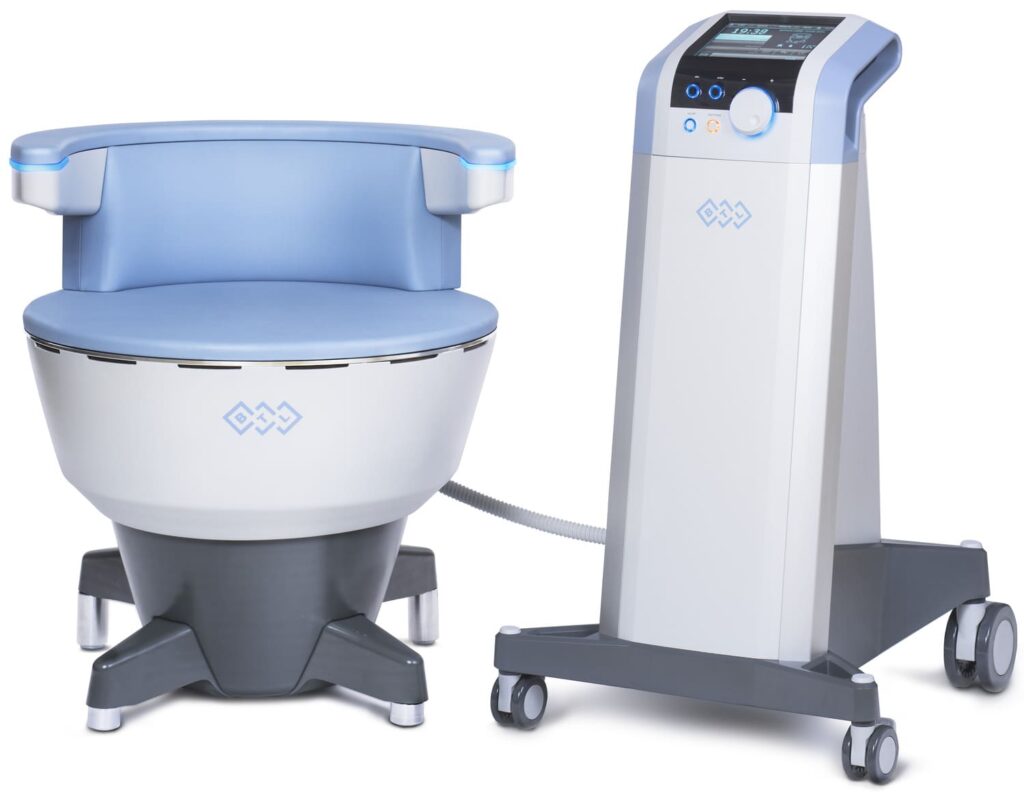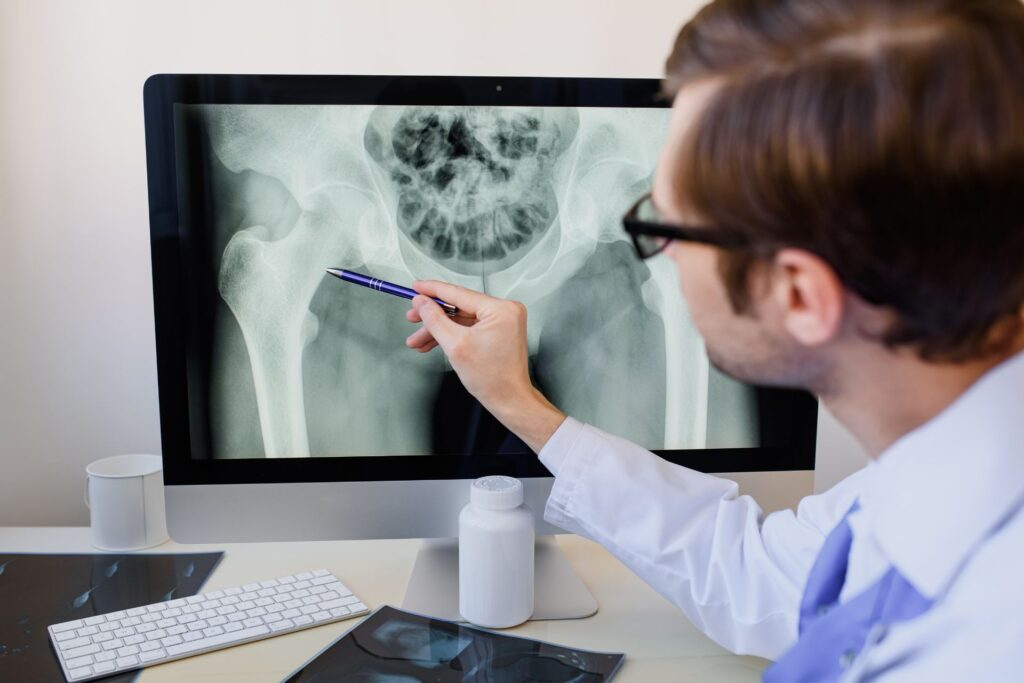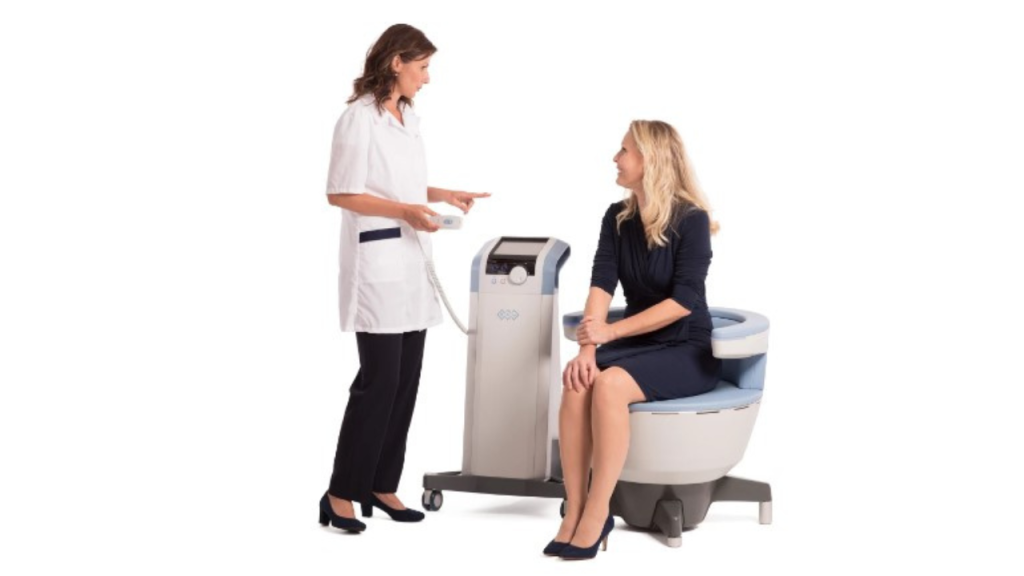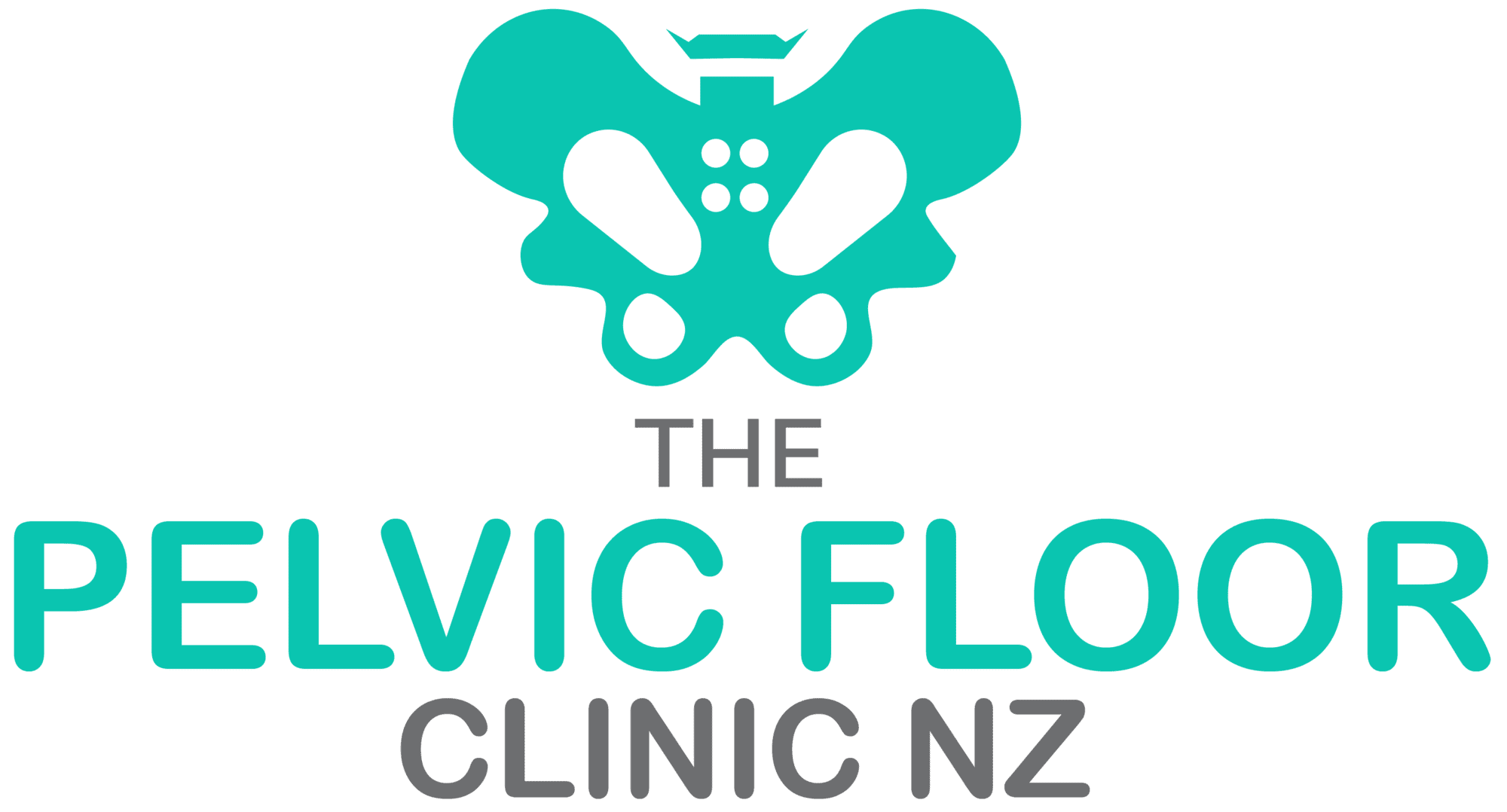Urinary incontinence (UI) affects millions worldwide, with women being disproportionately affected due to factors like childbirth, aging, and hormonal changes. Managing UI effectively is essential for improving quality of life, and two prominent methods have emerged as leading treatments: High-Intensity Focused Electromagnetic (HIFEM®) technology and Pelvic Floor Muscle Training (PFMT). A randomized trial published in the Journal of Women’s Health Care compared the two approaches over 12 months, providing groundbreaking insights into their effectiveness.

Study Overview: A Comparative Look at UI Treatments
The trial, led by Drs. Nathan Guerette, Stephanie Molden, Manish Gopal, and Neeraj Kohli, examined the outcomes of 38 women aged 27-66 years suffering from stress, urge, or mixed incontinence. Participants were divided into two groups:
- One group received six HIFEM® treatments using a pelvic floor stimulation device.
- The other group followed a structured Pelvic Floor Muscle Training (PFMT) regimen.
Researchers measured the outcomes at three months and 12 months using validated tools, including the International Consultation on Incontinence Modular Questionnaire – Lower Urinary Tract Symptoms Quality of Life (ICIQ-LUTSqol) and the ICIQ Bladder Diary (ICIQ-BD).
Key Findings: HIFEM® Outperforms PFMT
The study revealed that HIFEM® technology produced significantly better outcomes compared to PFMT in several key areas:

1. Quality of Life (ICIQ-LUTSqol)
Quality of life improved dramatically in the HIFEM® group.
- At three months, participants in the HIFEM® group reported a 24% improvement in their quality of life, while the PFMT group saw a surprising regression of -3%.
- At 12 months, the HIFEM® group maintained a 24% improvement, reflecting the lasting effects of the treatment.
2. Reduction in Urgency Symptoms (ICIQ-BD)
Urgency symptoms—a common and distressing aspect of UI—showed a significant reduction in the HIFEM® group.
- At three months, HIFEM® participants experienced a 34% reduction in urgency symptoms, compared to just 5% in the PFMT group.
- These results were sustained at 12 months, demonstrating HIFEM®’s effectiveness over time.
3. Pad Usage Reduction
Many women with UI rely on hygienic pads as a daily necessity.
- Patients in the HIFEM® group reported a 57% reduction in pad usage, equivalent to using 1-2 fewer pads per day.
- This improvement was not observed to the same extent in the PFMT group.
4. Overall Leakage and Frequency
At the 12-month mark, 86% of HIFEM® participants reported less leakage and lower urinary frequency, a testament to the technology’s long-term benefits.
HIFEM® Technology: A Game-Changer in UI Treatment
So, what makes HIFEM® technology so effective?

HIFEM® works by delivering focused electromagnetic energy to the pelvic floor muscles, inducing thousands of supramaximal contractions in a single session. These contractions strengthen and tone the muscles, restoring their ability to support the bladder and control urinary flow. Essentially, HIFEM® provides a highly efficient “workout” for the pelvic floor—one that’s nearly impossible to achieve through voluntary exercises alone.
Why Patients Prefer HIFEM®
- Non-Invasive and Painless: Unlike surgical options, HIFEM® requires no incisions or recovery time. Patients can resume normal activities immediately after treatment.
- Quick and Convenient: Each session lasts around 30 minutes, making it easy to fit into a busy schedule.
- Proven Results: The trial’s data confirms its effectiveness in improving quality of life and reducing symptoms.
Pelvic Floor Muscle Training: A Closer Look
PFMT, often referred to as Kegel exercises, has long been a standard recommendation for managing UI. This method involves consciously contracting and relaxing pelvic floor muscles to strengthen them over time.

Challenges with PFMT
While PFMT can be effective, its success depends heavily on the patient’s ability to perform the exercises correctly and consistently. Common challenges include:
- Poor Technique: Many individuals struggle to identify and engage the correct muscles.
- Low Adherence: Daily exercises can be difficult to sustain over the long term.
- Limited Results: The study showed minimal improvement in quality of life and urgency symptoms, suggesting that PFMT may not be sufficient for moderate to severe cases.
Why HIFEM® Outperforms PFMT
The study’s data highlights several reasons why HIFEM® is a superior option for many patients:

- Precision: HIFEM® directly targets the pelvic floor muscles, ensuring consistent and effective stimulation.
- Effortless Treatment: Unlike PFMT, HIFEM® doesn’t rely on patient effort or technique, making it accessible to a wider range of individuals.
- Sustained Benefits: The 12-month data confirms that HIFEM® delivers lasting improvements, while PFMT results are often inconsistent or short-lived.
Patient Perspectives: Real-Life Transformations
Patients who underwent HIFEM® treatment shared their experiences:
- Sophia, 45: “I tried Kegels for years with little success. After just a few HIFEM® sessions, I noticed a huge difference. It’s like getting my freedom back!”
- Lisa, 58: “HIFEM® was a game-changer. I used to rely on pads daily, but now I barely think about leaks anymore.”
In contrast, many PFMT participants expressed frustration with the time and effort required for minimal results.
Implications for Future UI Treatment
The success of HIFEM® technology in this trial signals a shift in how urinary incontinence is managed. Here’s what the future could hold:

- Wider Adoption: As awareness grows, more healthcare providers may incorporate HIFEM® into their treatment protocols.
- Enhanced Accessibility: Expanding access to HIFEM® devices could make this revolutionary treatment available to more patients.
- New Applications: Beyond UI, HIFEM® shows promise for addressing other pelvic health concerns, including postpartum recovery and sexual wellness.
Conclusion: Choosing the Right Treatment for UI
Urinary incontinence is a challenging condition, but the right treatment can make all the difference. The 12-month data from this trial highlights the clear advantages of HIFEM® technology over PFMT. With its ability to significantly improve quality of life, reduce urgency symptoms, and minimize pad dependency, HIFEM® offers a practical and effective solution for many patients.
For those seeking a non-invasive, convenient, and long-lasting option, HIFEM® stands out as a beacon of hope in the world of pelvic health.
FAQs
1. How does HIFEM® compare to Kegel exercises?
HIFEM® provides targeted, high-intensity contractions of the pelvic floor muscles, delivering faster and more consistent results than traditional Kegels.
2. Is HIFEM® treatment painful?
No, HIFEM® is painless. Patients typically describe a gentle pulling or pulsing sensation during sessions.
3. How many sessions are needed to see results?
Most patients benefit from six sessions spaced over a few weeks, with results becoming noticeable after the first few treatments.
4. Can HIFEM® work for men?
Yes, HIFEM® is also effective for addressing pelvic floor issues in men, such as post-prostate surgery incontinence.
5. Are the results of HIFEM® permanent?
While the initial benefits are long-lasting, periodic maintenance sessions may be recommended to sustain optimal results.




